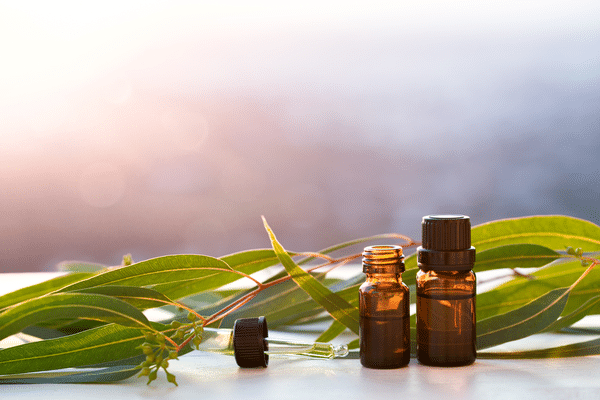
A signature ingredient used across by many niche houses. we’re taking a deep dive into the history of vetiver fragrances.
The History Of Vétiver
The roots and stems of vetiver grass have been used for hundreds of years in India: in the home, in Ayurvedic rituals, and, because of its antiseptic and anti-inflammatory properties, in medicines to treat burns, snakebites and scorpion stings. Hindu scriptures record that vetiver oil was offered up as a gift to the gods and used in ancient times to cool kings struggling with the unbearable heat. Vetiver roots are also woven into mats or screens which, when hung damp in an open window, provide a sweet, cooling scent as the wind catches the fragrance.
Vetiver in perfumery can be dated back as far as the early 19th Century. For hundreds of years, perfume houses across the globe have been carefully distilling and subtly diluting vetiver as they attempt to capture the essence of a sultry evening with smoky notes of oud, or the mysterious petrichor (the earthy scent arising when rain falls on dry soil). Today, vetiver has become one of the most treasured resources in modern perfume.
Characteristics Vétiver fragrances

As an oil, vetiver has a dry muskiness, with moments of leather and a few nutty notes. Perfumer and scent archivist, Jean Kerléo, once described it as smelling like ‘a sack of potatoes’, which is more romantic than it first implies. Strangely fresh, suitably smoky, a complex fragrance that has enticed perfumers with its versatility. The oil’s scent profile depends on the soil in which the grass is grown; oil from Java is darker in colour and richer on the nose, while that harvested from Réunion (now sadly a thing of rarity) offers a warmer, fragrance.
For the creators of perfume, it is vetiver's fixative powers that attract. Less overpowering than sandalwood, it provides longevity to perfumes - The ghost of the fragrance can last days. Traditionally, it is only this fixative essential oil from the roots that goes into the making of a vetiver fragrance.
How is vétiver oil extracted in fragrances

Vetiver is grown for up to a year before bundles of its roots are taken to be distilled, a process that lasts more than 24 hours. It doesn’t give up its essence easily: the oil must diffuse from the plant’s inner tissues towards the surface, and the most valuable oil has a high boiling point, so it won’t pass through the condenser until late in the distillation process. The essential oil can be extracted by steam distillation or, as in Java and Indonesia, using high-pressure steam extraction. In this method, steam under high pressure is injected into a still filled with the grass to release the plant’s aromatic molecules and turn them into a vapour. The vapour is then condensed, turning it back into a liquid, in which the aromatic oil floats on top of the water, ready to be collected.












